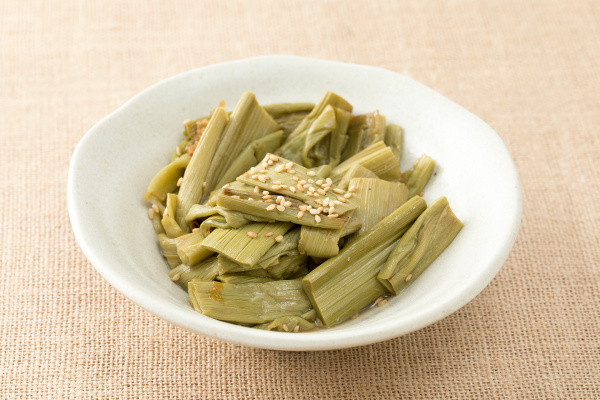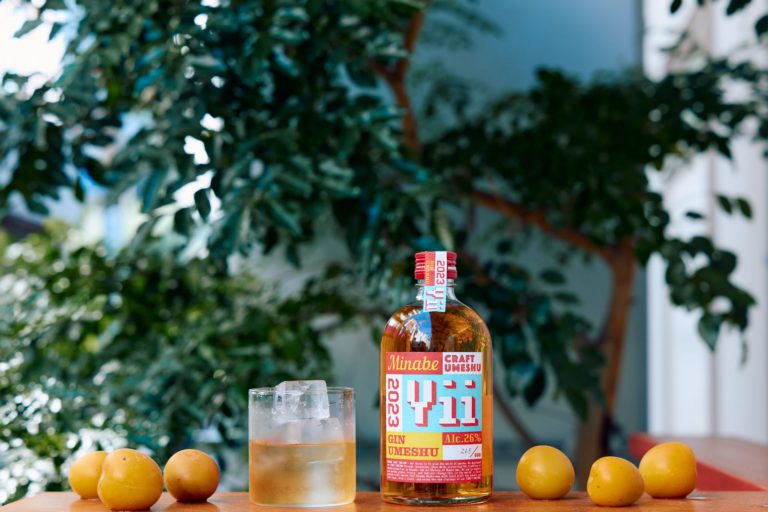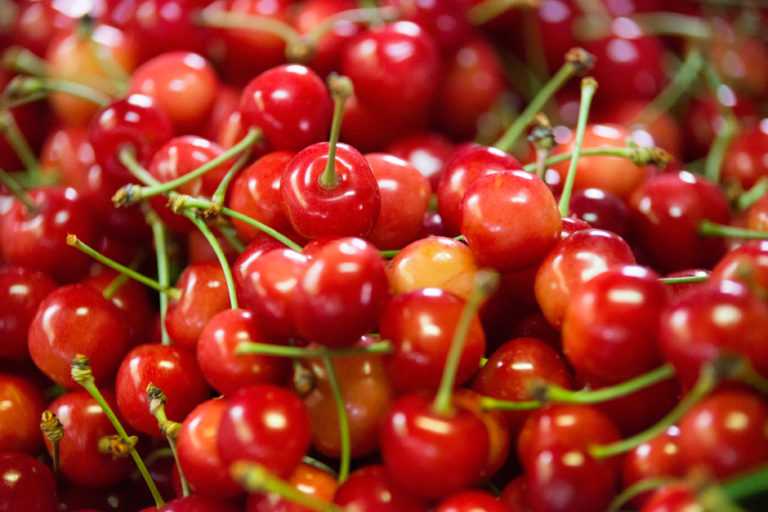Discovering Local Cuisine Keeping the Okyaku Culture Alive — Kochi Prefecture

Kochi Prefecture covers the largest area in Shikoku with approximately 7,104 ㎢, about 84% of which is forest. The food culture in this area was nurtured by its rich greenery, the vast Pacific Ocean, and the warm and humid climate.
There is a reason why the local cuisine in Kochi uses local foods, and is handed down to each generation. We talked to Atsuko Matsuzaki, chairwoman of the Tosa Traditional Food Society and professor emeritus at the University of Kochi.
Local Kochi cuisine features a colorful array of ingredients
The local cuisine of Kochi Prefecture features a diverse lineup of food ingredients from the region’s forests, basin-shaped valleys, plains, rivers, and coastal areas, along with other factors such as the four seasons. The ingredients are processed/cooked in simple ways to maximize the natural flavor of each food ingredient. According to Matsuzaki, there are three major characteristics seen in these dishes.

1) Kochi dishes use a lot of vinegar
One characteristic in Kochi dishes is the use of vinegar. According to Matsuzaki, Kochi has a history of being Japan’s number one prefecture in terms of vinegar expenditure, as it uses vinegar frequently in its dishes. Furthermore, various types of citrus such as yuzu and bushukan are popular as “vinegar citrus” and used in place of vinegar. “This culture was born as a combination of improving shelf life when there were no refrigerators, and preventing the loss of appetite in a hot and humid climate.”

2) Feasts featuring fish
For Kochi, which faces the Pacific Ocean and where many types of fish can be caught, main dishes would often serve fish such as lightly roasted bonito, steamed sea bream, wrapped silver-stripe round herring sushi and whole mackerel sushi. Seafood is also frequently seen in sawachi dishes, which is a style of serving in Kochi.

3) Traditional dishes that are still served today
In Kochi, traditional foods such as shio-natto (salty fermented beans), which has been made from approximately 300 years ago in the Sagawa Basin area, Goishi tea, which is said to be the main product of the Tosa Clan during the Edo period (1603-1868), and other traditional foods such as kashi (acorn) tofu and sansho mochi (rice cakes with Sichuan pepper) are still enjoyed to this day. The reason for this, says Matsuzaki, “May be the remote location, which was isolated by the Shikoku mountain range for many years.”
Okyaku culture living on among the people of Tosa

Although there are many characteristics of Kochi cuisine, one unique feature of Kochi Prefecture food culture is the okyaku culture. In Kochi, a banquet is a friendly social function where participants freely eat food and drink without paying heed to hierarchical relationships.
The okyaku culture is related to the samurai method of honzen-shiki (formal-type meals) around 1800 during the Edo Period (1603-1868). During these meals, servings for multiple participants were frequently served on large, expensive platters. These platters are called sawachi, and the Tosa Clan issued a regulation to limit consumption forbidding the selling and purchasing of these sawachi platters. In other words, sawachi was something that was out of the reach of commoners. As time went on and the Meiji period (1868-1912) established equality for all people, affluent farmers and merchants started to seek expensive sawachi platters in pottery styles such as Imari, Kutani and Arita. Banquets featuring lavish food assorted on these plates where people would casually help themselves to the dishes, dine and make conversation freely became a standard practice. This is the origin of the current okyaku culture.
Sawachi dishes, which are essential to the okyaku culture feature beautiful assortments of blessings of the land and sea. There is a wide variety of sawachi dishes, such as nama sawachi platters featuring raw foods such as sashimi, and kumimono sawachi platters featuring sushi, simmered food, fish cakes, deep-fried food, fruit and sweets, and some platters featuring one main dish such as steamed red bream. According to Matsuzaki, the scale of banquets is expressed by how many sawachi platters are presented—a sign of how crucial sawachi platters are to the banquet culture of Kochi.
Sawachi banquets proceed with greetings and a toast, after which everyone freely helps themselves to the food while drinking with anyone and everyone. Before long, participants start to offer drinks and receive drinks in return from each other. According to Matsuzaki, “The okyaku culture of the past used to have not only banquet participants, but passersby were also allowed into the banquet room to enjoy food and drinks,” which is very surprising!
In the past, farm work used to be shared through groups called “yui,” and cooperatives within these groups called “shirugumi” used to help with work related to ceremonial occasions. However, yui and shirugumi ceased to exist due to changes in society. As they were no longer able to share work and help from preparation to tidying up, sawachi banquets moved out of homes to be held at venues such as hotels. However, Matsuzaki says, “Although the sawachi dishes were gone, dining while interacting with others still has the atmosphere of a “sawachi banquet” in a different style.”
Homemade Kochi cuisine
Of the many dishes of Kochi Prefecture, here are some that are still frequently prepared at home in daily life.

Japanese knotweeds stir fry
◇Main ingredient: Japanese knotweed
Japanese knotweed, which Matsuzaki also enjoys frequently, is a plant of the Polygonaceae family, which grows wild in the mountains. Non-perishable methods of preparation are popular, such as pickling or freezing, and it is often seen on Kochi dining tables throughout the year.
◇Reference: UCHI NO KYODO RYORI “Japanese knotweed stir fry”

Vinegared ryukyu
◇Main ingredients: ryukyu (the stems of giant elephant ears), cutlass fish or nairage (marlin), citrus vinegar such as that of yuzu or bushukan, sesame, etc.
The leafstalk portion of giant elephant ears (of the Araceae family) are called ryukyu in Kochi. Vinegared ryukyu, which has a refreshing taste and texture, is a summertime staple in the region. According to Matsuzaki, ryukyu can also be used in soups as well. The plant grows thickly during the summer and can be harvested for long periods, so many farmers often grow these plants. The in-season periods for ryukyu overlap with those of bushukan and cutlass fish, so vinegared dishes often use these three ingredients.
◇Reference: UCHI NO KYODO RYORI “Vinegared ryukyu“

Garlic leaf nuta
◇Main ingredients: garlic leaves, miso, sesame, vinegar, sugar
Nuta is a traditional Japanese seasoning that is made by mixing ingredients such as miso, vinegar, and sugar. However, the Kochi version often features ground garlic leaves as well. It is a popular dish in households and restaurants as well, and acts like a sauce for ingredients that do not dress well in soy sauce such as fatty yellowtail sashimi or deep-fried tofu. Nuta has a beautiful green color and a taste that packs a punch. The culture of eating garlic leaves is said to go back to the end of the 16th century, when the Tosa Province warlord Chosokabe Motochika brought some back home with him after returning to Japan from his duties in Korea.
◇Reference: UCHI NO KYODO RYORI “Garlic leaf nuta”

Lightly roasted bonito
◇Main ingredients: bonito, garlic, condiments such as onions and green onions
This dish became popular after fishermen would salt and pound fish slices when eating onboard their ships. This became a dish at home which is eaten with vinegared soy sauce and condiments such as garlic and green onions. Excluding some weeks in winter, bonito is eaten all year round. However, the returning bonito in the autumn is said to be the fattiest and best for this dish. Early spring bonito is also popular for its delicious taste. It is a staple in sawachi dishes as well.
◇Reference: UCHI NO KYODO RYORI —Lightly roasted bonito

Inakazushi
◇Main ingredients: Japanese ginger, ryukyu (the stems of giant elephant ears), konjac, bamboo shoots, shiitake mushroom, turnip, square stem bamboo, rice, etc.
This type of sushi is unique in Japan as it features vegetables with yuzu or other citrus vinegar. It is a dish often served at events that are held traditionally in the mountain areas of Kochi Prefecture, and uses a variety of ingredients found in local mountains. This sushi is sold in trays at Sunday markets and direct sales stores, and can also be easily found in supermarkets. It is cheaper than sushi using seafood, and is popular between Kochi citizens as a daily dish. It is also one type of sawachi dish.
◇Reference: UCHI NO KYODO RYORI “Inakazushi”
On a mission to pass down the food culture of Kochi

Matsuzaki, who was born during the Taisho period (1912-1926), believed that it was “necessary to enrichen lives through science” after the war, which pushed her to study culinary science at university. However, she notes that although we do benefit from science, “There is a sense of danger in modern society, in which children only know processed and ready-made food.” She established the Tosa Traditional Food Society in 2003. She also made proposals to the prefectural government to establish the Tosa Cuisine Inheritor system to hand down the food culture of Kochi Prefecture, along with the Association to Promote Tosa Sushi which aimed for the industrialization of Tosa Sushi (including Inakazushi) with cooperation from the private and public sectors, and both of these goals were later achieved. Her activities in discovering ways to cook traditional Kochi food, and organizing them to be handed down to the following generations was highly regarded, and the Tosa Traditional Food Society was selected for the 27th Koshin Grand Prize (sponsored by the Kochi Newspaper Public Welfare Organization) on January 2020, resulting in her currently working on a book. Matsuzaki referred to one of the great gourmet cities of the world when asked about future prospects, saying “How about we aim to be the ‘second San Sebastian’ by launching various plans in both private and public sectors that maximize the appeal of the Prefecture’s food ingredients.” She had some powerful words to tell us, saying, “The senior age group needs to be the one to hand down the traditional food culture of Kochi as a culture and value to be preserved, so that younger generations will find interest in it.”
The local cuisine of Kochi Prefecture, handed down through the years, is still going strong thanks to the passionate people who love the region’s food and an inviting dining culture which allows warm interaction.

Source: Ministry of Agriculture, Forestry and Fisheries website “UCHI NO KYODO RYORI (Regional Home Cooking)”
https://www.maff.go.jp/j/keikaku/syokubunka/k_ryouri/index.html
平成25年12月、ユネスコ無形文化遺産に登録され、世界から注目を集める「和食」。一方、国内では食の多様化や家庭環境の変化等により、和食文化の存在感が薄れつつあります。
ユネスコ無形文化遺産に登録された「和食」の特徴である、全国各地で受け継がれてきた地域固有の食文化を地域ぐるみで保護し、次世代に継承していくことを目的に、郷土料理の歴史や由来、レシピと郷土料理を生んだ地域の背景等についてのデータベース「うちの郷土料理~次世代に伝えたい大切な味~」を開設しました。
今後、47都道府県の郷土料理のコンテンツを拡充していきます。あなたの「うちの郷土料理」を、楽しんでみてください。

Eriko Komiya (MAFF Chief of Food Cultures Office, Overseas Market Development and Food Cultures Division, Food Industry Affairs Bureau)





